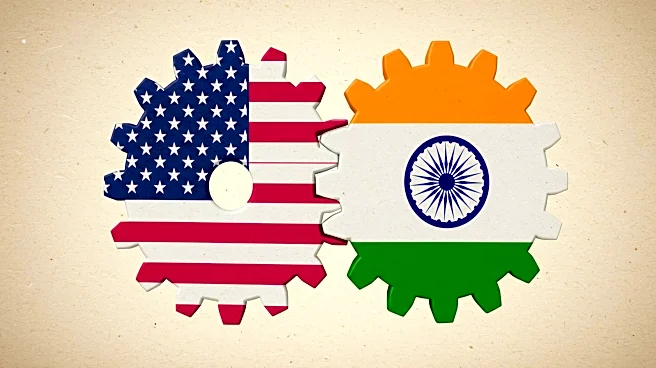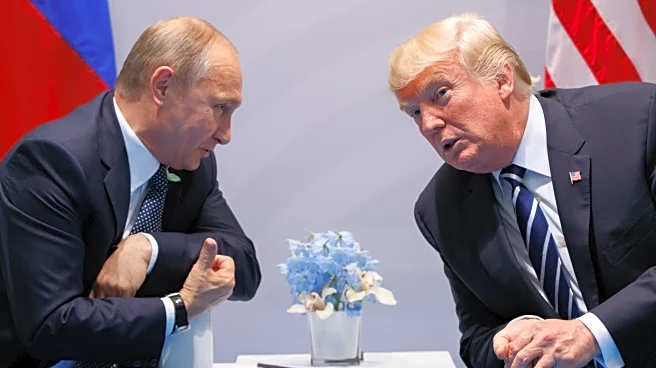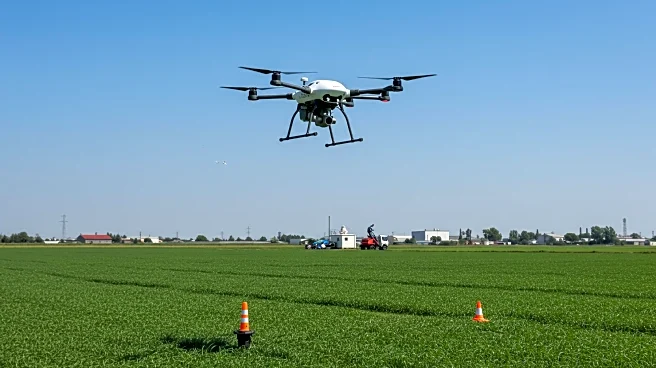What's Happening?
India and the United States are facing challenges in their agricultural trade negotiations, primarily due to high tariffs and differing market access demands. India has imposed a 50% duty on certain imports, including a 25% penalty for purchasing oil from Russia, which has complicated trade discussions. The U.S. seeks access to India's market for products like GM maize, soybeans, and ethanol, while India is cautious about compromising its domestic agricultural interests. Indian farmer associations are concerned about the impact of GM crop imports on local prices, and the dairy industry opposes imports of milk powder and cheese. Despite these challenges, India's seafood exports to the U.S. have increased significantly, highlighting potential areas for trade growth.
Why It's Important?
The ongoing trade negotiations between India and the U.S. are crucial for both countries' agricultural sectors. For India, maintaining the interests of its farmers and agricultural industry is vital, as these sectors are significant contributors to its economy. The U.S., on the other hand, is looking to expand its market access in India, which could benefit American farmers and exporters. The outcome of these negotiations could set a precedent for future trade deals and impact global agricultural trade dynamics. Successful negotiations could lead to increased exports and imports, benefiting both economies, while failure to reach an agreement could result in continued trade tensions and economic losses.
What's Next?
The next steps in the India-U.S. agricultural trade negotiations will likely involve further discussions to address tariff issues and market access concerns. Both countries may need to find a compromise that protects domestic interests while allowing for increased trade. Stakeholders, including farmer associations and industry groups, will continue to play a significant role in shaping the negotiations. The potential for increased exports of seafood, basmati rice, and spices from India to the U.S. remains, and both countries may explore opportunities to enhance trade in these areas.













